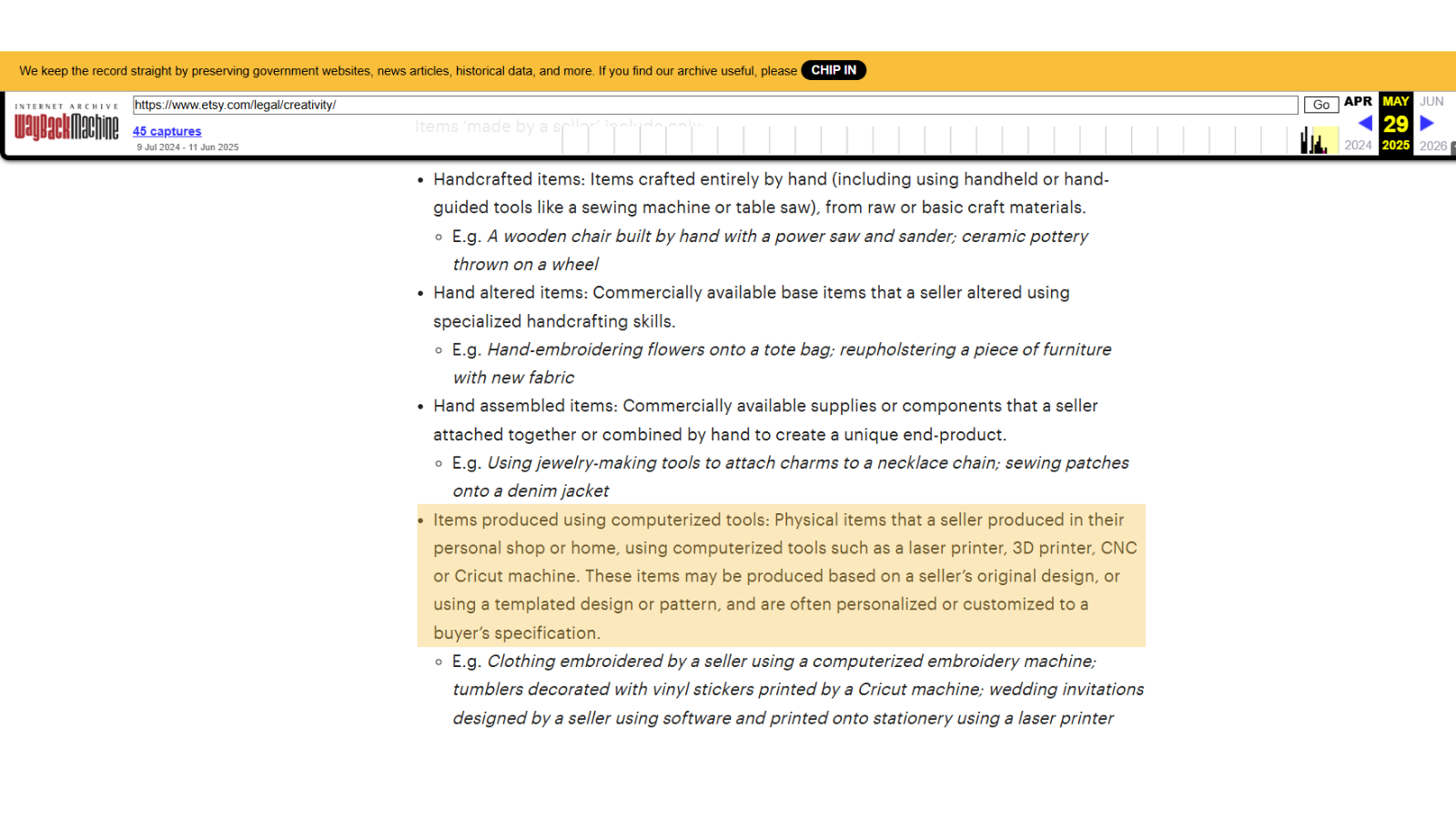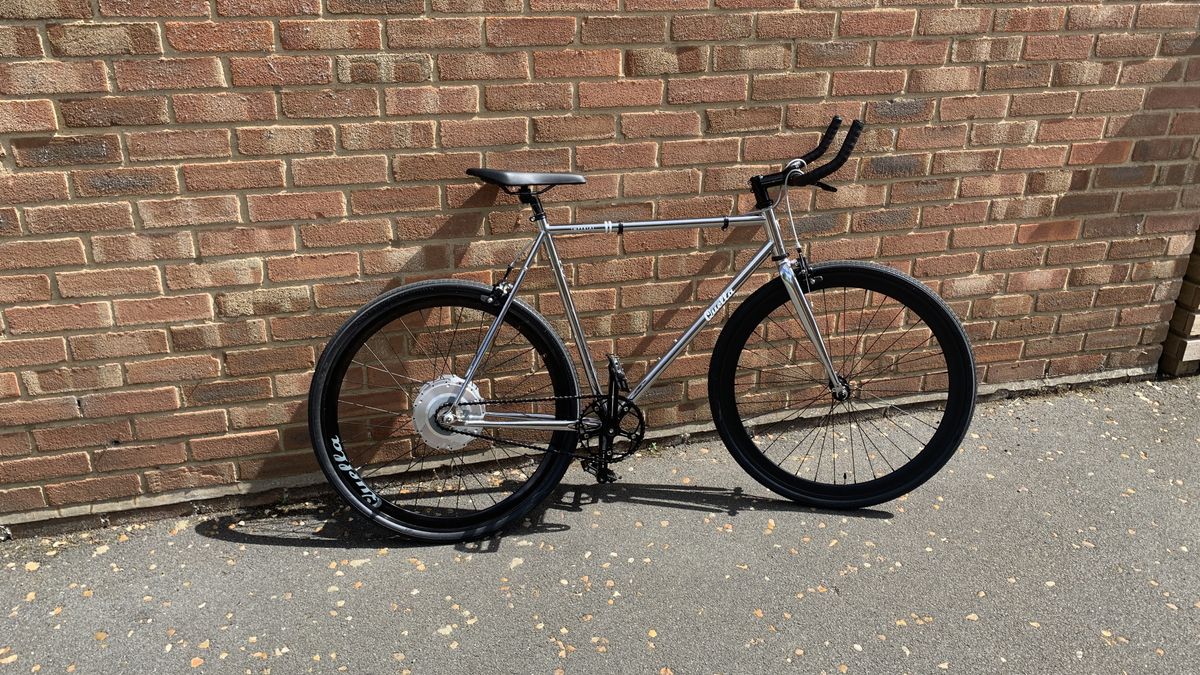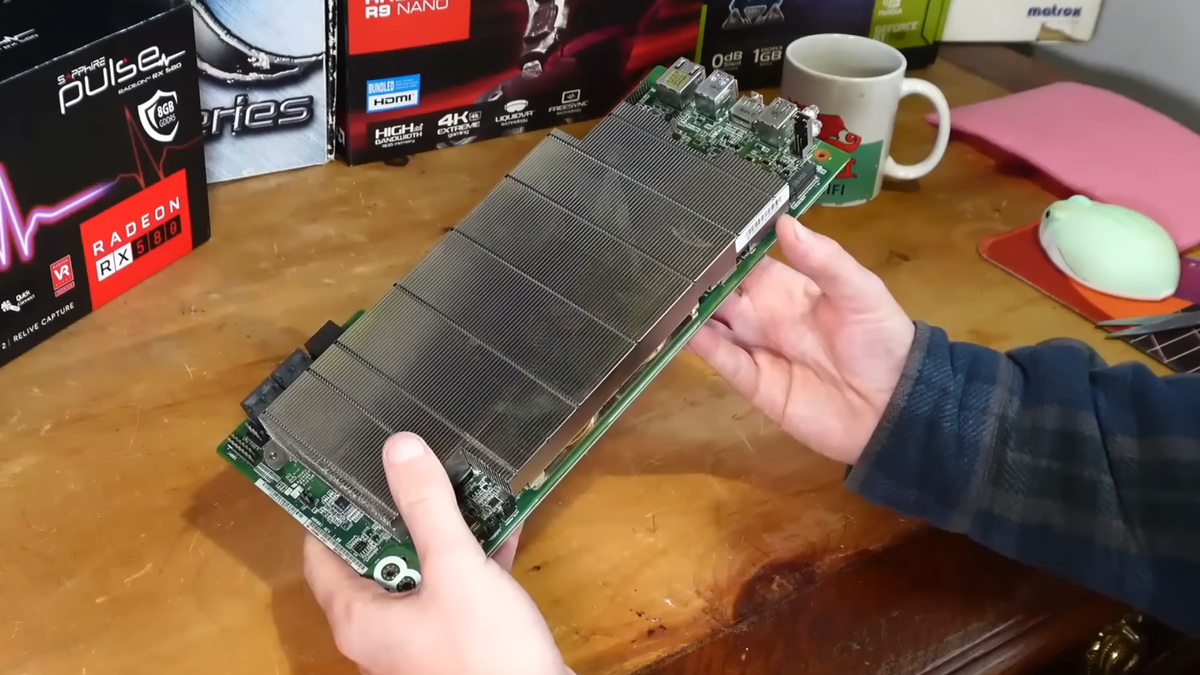Etsy has redefined its Creativity Standards to exclude a vast majority of 3D printed goods sold on its website. Now, anything 3D printed must be “produced based on a seller’s original design.” This would seem to eliminate the wildly popular flexi dragon prints - and many other 3D printed items - that can be found by the thousands on Etsy’s virtual shelves.
The move took 3D print sellers by surprise, as it was unannounced by Etsy itself. Instead, the update was caught by sharp-eyed Etsy sellers who bothered to read the legal section under “Our House Rules,” which was buried a few pages deep in a recent Etsy community newsletter about keeping “our marketplace safe.” The alarm was sounded throughout 3D print forums as Etsy sellers panicked that their shops might be shut down.
When Etsy first launched 20 years ago, it was an online bazaar of handmade crafts and vintage clothes. Sophie Duba, Senior Director of Marketplace Policy at Etsy, joked during a video about the policy changes, that in the early days they weren’t sure if they’d allow the use of sewing machines to make handmade items. Now the site is flooded with cheap trinkets sold by dropshippers, resellers, and sadly, large 3D print farms.
The company began cleaning house in 2024 by introducing “Creativity Standards” to reassure shoppers that Etsy still had a human touch. Under the new policy, every one of the millions of items on Etsy’s virtual shelves should fit into one of four categories: “made by (seller),” “designed by (seller),” “handpicked by (seller),” and “sourced by (seller).” The categories are pretty loose, but Etsy hoped this would keep humans in the loop.
3D print sellers have assumed they fit in the “made by seller” category, as they do make physical products. The original Creativity Standards, seen here in a May 29, 2025, screenshot from the Wayback Machine, state that items “Made by a seller” can be produced with computerized tools from a design or pattern.

That line has now been changed to read:
“Items produced using computerized tools: Physical items that a seller produced in their personal shop or home, using computerized tools such as a laser printer, 3D printer, CNC or Cricut machine. These items must be produced based on a seller’s original design and are often personalized or customized to a buyer’s specification.”
This would exclude the thousands of makers who subscribe to designers like Cinderwing3D, and have permission to print and sell her articulated dragon designs.
Etsy did not say how it plans to enforce the new policy. Designers are encouraging their supporters to stay calm and wait for clarification. Until then, sellers may be able to keep their shops open by putting a little extra effort into their listing and photos so they have unique personality. Advice being shared on another designer’s Discord suggested personalizing with sanding and painting, allowing customers to pick out their materials, creating gift baskets and offering prints as kits that allow buyers to have a more hands on experience with the product.
3D printing as a whole is not endangered on Etsy, as printing and selling your own creations is still encouraged. And people with a stockpile of 3rd party designs can still sell items on other platforms like Facebook Marketplace, eBay or TikTok. In person vending at festivals and craft fairs is also an option.
Follow Tom's Hardware on Google News to get our up-to-date news, analysis, and reviews in your feeds. Make sure to click the Follow button.

 4 months ago
61
4 months ago
61








 English (US) ·
English (US) ·